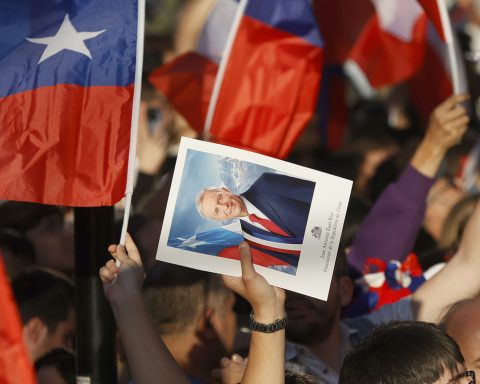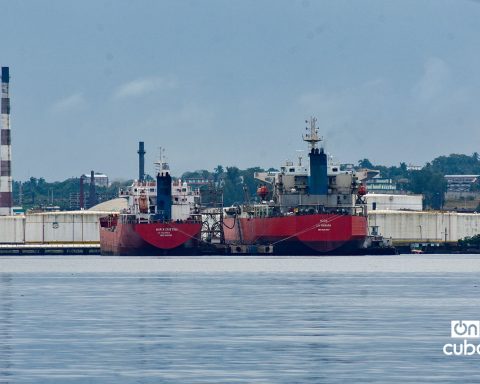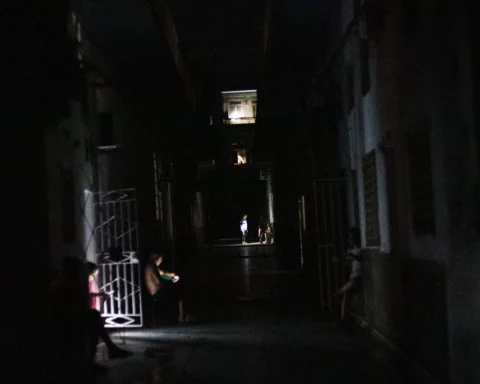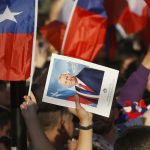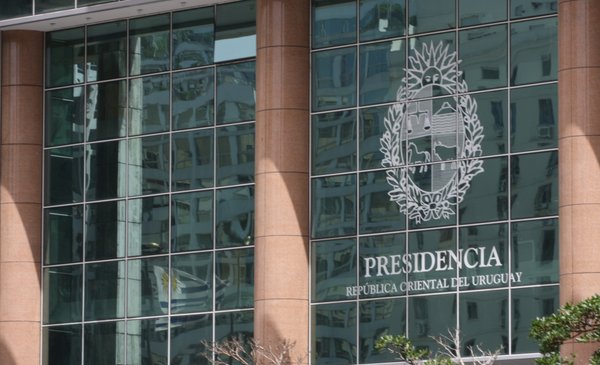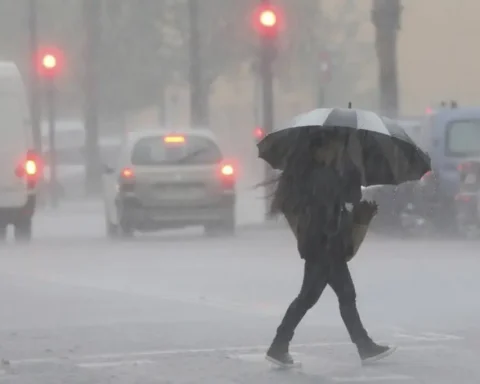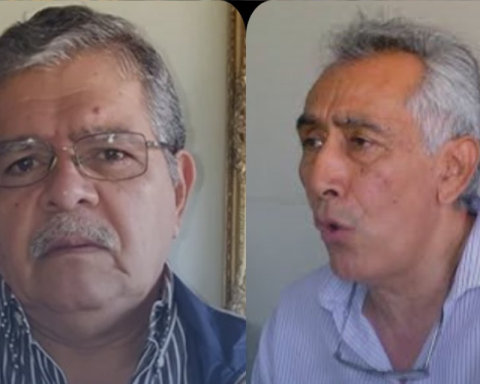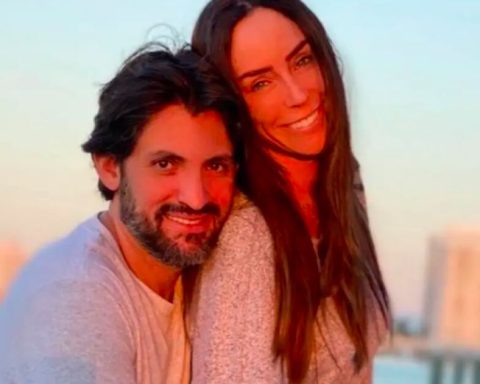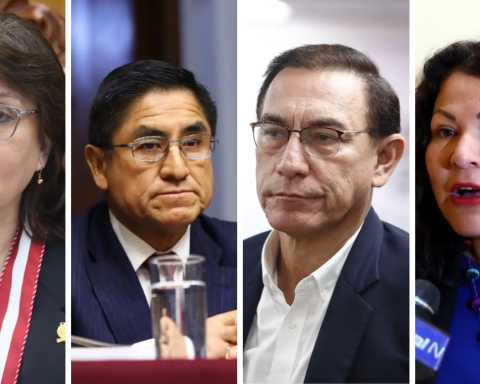Frequently, especially in these times when COVID-19 has put to the test all the intelligence that the Island has to defend life, we bring up the Fidelista certainty that the future of Cuba must necessarily belong to men of science and thought.
Since the Revolution began to sow that thought until today, the country has accumulated that treasure that is knowing how to think and do, and from which it is possible to find answers to multiple problems.
The future that Commander in Chief Fidel Castro Ruz spoke of is already here: many Cubans have knowledge, and deep knowledge. That is what he thinks of when he witnesses a meeting in which our scientists and thinkers participate.
This week, for example, the meeting of the National Innovation Council took place at the Palace of the Revolution, which was headed by the First Secretary of the Central Committee of the Communist Party and President of the Republic, Miguel Díaz-Canel Bermúdez. The conference, which also included the Vice Prime Minister, Inés María Chapman Waugh, from the presidency, dealt with “Structures that stimulate Science, Technology and Innovation: analysis of their promotion and development in Cuba.”
The title is alluding to new entities that have been born on the Island to defend something as valuable as putting knowledge in terms of well-being. This was what the head of the Ministry of Science, Technology and Environment (CITMA), Elba Rosa Pérez Montoya, said at the beginning of the monthly meeting: The country’s economic and social development model demands and needs more and more connection between the knowledge sector, public administration, and the productive sector.
In the development of this saving relationship, the dynamic structures of Science, Technology and Innovation are essential. “It is very necessary – pointed out the head of CITMA – that the productive and service sectors continue to work hard so that the dynamic structures are present in it”. And she added in allusion to such actors: “The interface we have now, the technology parks, companies and foundations are taking the first steps in that direction” that Cuba is interested in.
Before giving way to three exhibitions whose contents have to do with various dynamic structures of Science, Technology and Innovation, President Miguel Díaz-Canel Bermúdez expressed that after so many dissatisfactions that existed and that were expressed at different times —in reflections with the Academy of Sciences, in different meetings with the universities four or five years ago—, “today we have a normative system that has been worked on intensely, has been developed intensely in the last four years, and that practically allows, gives space to do all the things in which we were previously limited.”
The Head of State referred (among the dynamic structures that previously did not find fertile ground for consolidation) to business-university relations, research centers, and high-tech companies. All of them, he said, may lack something, they can be perfected, «but today there are normative instruments that support them; and now what we have to do is make them known, that they be used»; and he gave as an example structures that have had regulatory support for some time now and whose number is still limited —as is the case with interface companies—.
Three very interesting presentations were then heard. The first; by the M.Sc. Rafael Luis Torralbas Ezpeleta, President of the Science and Technology Park of Havana at the University of Informatics Sciences (UCI), who spoke about the experience of creating Science and Technology Parks in the country.
Among other ideas, Torralbas explained that a Technological Science Park (PCT) is an organization managed by specialized professionals, whose essential purpose is to increase the wealth of its community while promoting the culture of innovation and the competitiveness of companies and institutions that generate knowledge , installed or associated with that Park.
Said structure, he added, stimulates and manages the flow of knowledge and technology between universities, research institutions, companies and markets; promotes the creation and growth of innovative companies through incubation mechanisms; and provides other value-added services, as well as high-quality spaces and facilities.
In the meeting, several voices ratified that the Parks (PCT) —of which Cuba already has two, the other is in Matanzas— can encourage, from the projects that are born in them, the formation of scientific potential, since they entail true strengths for creation.
The second presentation was given by Dr. C. Vilma Hidalgo de los Santos, Director of the University Foundation for Innovation and Development of the University of Havana (UH). She spoke about the experience of the University Foundation of the UH, and about other alternatives for the promotion of technology-based enterprises from universities.
Concepts such as the innovation activity is intrinsically risky; like that the Foundation must be assumed as an opportunity to take advantage of the multiple benefits of the environment in which it operates; or as the challenge, of a cultural nature, which points to the need to overcome the insufficient innovative spirit that lives in the Cuban business sector.
The third presentation was shared at the meeting by Dr. C. Gilberto Julio Quevedo Sotolongo, President of the Science and Technology Interface Society of the Central University «Marta Abreu». The professor spoke about experiences in the creation of Science and Technology interface societies in universities. And once again it was the opportunity to listen to ideas about how the most important thing is to ensure that scientific results resolve production problems, at the starting point of a demand that no one in the country would doubt, but that must be made visible to give solution to multiple needs that are appearing.
The National Innovation Council turned out to be very rich in rigorous reflections, and it was a scene of lights about everything that Cuba can achieve supported by its dynamic structures of Science, Technology and Innovation, now that the regulatory context is a reality. .
At the meeting, a beautiful phrase by José Martí, brought up by the engineer Torralbas Ezpeleta, illustrated in a very condensed way the meaning of the new dynamic structures: Intelligence —defined the Apostle— has two distinct phases: that of creation and that of the application (…), one and the other, mixed, are the hidden germ of the well-being of a country. And perhaps —this reporter ponders— in the new structures does not inhabit that kind of “converter” that can take from all our thought sown in years the tangible leap we need?
